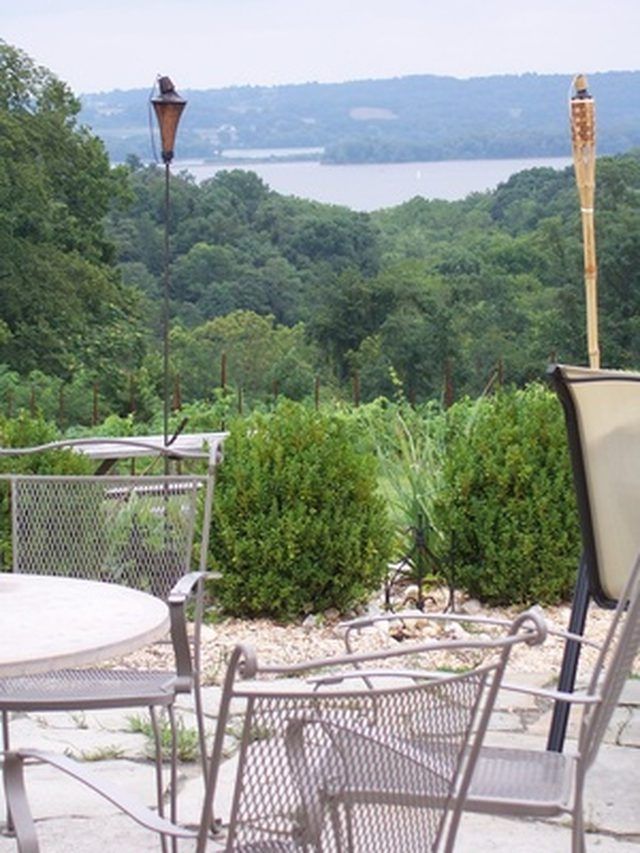Bulbs
Flower Basics
Flower Beds & Specialty Gardens
Flower Garden
Garden Furniture
Garden Gnomes
Garden Seeds
Garden Sheds
Garden Statues
Garden Tools & Supplies
Gardening Basics
Green & Organic
Groundcovers & Vines
Growing Annuals
Growing Basil
Growing Beans
Growing Berries
Growing Blueberries
Growing Cactus
Growing Corn
Growing Cotton
Growing Edibles
Growing Flowers
Growing Garlic
Growing Grapes
Growing Grass
Growing Herbs
Growing Jasmine
Growing Mint
Growing Mushrooms
Orchids
Growing Peanuts
Growing Perennials
Growing Plants
Growing Rosemary
Growing Roses
Growing Strawberries
Growing Sunflowers
Growing Thyme
Growing Tomatoes
Growing Tulips
Growing Vegetables
Herb Basics
Herb Garden
Indoor Growing
Landscaping Basics
Landscaping Patios
Landscaping Plants
Landscaping Shrubs
Landscaping Trees
Landscaping Walks & Pathways
Lawn Basics
Lawn Maintenance
Lawn Mowers
Lawn Ornaments
Lawn Planting
Lawn Tools
Outdoor Growing
Overall Landscape Planning
Pests, Weeds & Problems
Plant Basics
Rock Garden
Rose Garden
Shrubs
Soil
Specialty Gardens
Trees
Vegetable Garden
Yard Maintenance
How to Lay Flagstones on Dirt
How to Lay Flagstones on Dirt. Flagstone is a common landscaping stone used for patios, small retaining walls and walkways. Flagstone is harvested at quarries where the stone is literally blasted from large mining pits and sent to distribution centers across the United States and other countries. The natural stone, with its jagged edges, gives...

Flagstone is a common landscaping stone used for patios, small retaining walls and walkways. Flagstone is harvested at quarries where the stone is literally blasted from large mining pits and sent to distribution centers across the United States and other countries. The natural stone, with its jagged edges, gives outdoor spaces a defined yet rustic look. Because flagstone is fairly heavy it can be laid directly on dirt, allowing low growing plants to grow in between.
Things You'll Need
Tape measure
Marking paint
Shovel
Stone rake
Level
Hammer
4-inch brick set (stone chisel)
Broom
Work gloves
Measure the length and width of the area where you want to place your pieces of flagstone and mark the edges with marking spray paint. Multiply the length by the width to get the square footage of the area. This measurement will indicate the amount of flagstone you need. Call a landscape material supplier and order for delivery the square footage of flagstone required for your project.
Dig down about 3 to 6 inches with your shovel in the area you measured and marked, simply turning the dirt, not setting it aside. Once you have dug the area and turned the soil, use your stone rake to break up the dirt clumps and rake the area smooth. Rake any grass into a pile and discard it.
Lay a piece of flagstone down in the area you prepared. Turn the stone from side to side to work it into the dirt. Use your level to make sure the flagstone is flat. The flagstone should have a very slight pitch away from any structure to make sure that water does not puddle against the foundation, but should still be level enough to comfortable walk or sit on. Take the butt end of a hammer and pack dirt around the edges of the stone, then stand on it to make sure it does not wobble.
Law a few more pieces of flagstone next to the piece you just set in the dirt. Turn them until the gaps are two finger widths wide or less. Use the hammer and brick set to knock off corners of pieces to make them fit together better, but make sure to maintain a natural-looking edge. Check the pieces with your level to make sure that they stay flat while maintaining a slight pitch to allow water to run away from any structure. Use the butt end of your hammer to pack dirt around the edges of the flagstone pieces. Repeat this process until you have installed flagstone in the area you prepared.
Sweep the excess dirt between the cracks of the flagstone, which will help hold it in place. Use a hose with an adjustable nozzle to clean the flagstone off. Use a light spray setting and allow the flagstone to dry for a few hours before walking on it.
Tips & Warnings
Planting moss in between the flagstone works well in shaded areas where grass is not likely to grow. Otherwise, planting grass or low-growing vegetation between the cracks will give the flagstone a very natural look. If you do not want this look, use polymeric sand. Polymeric sand is a combination of sand and Portland cement that when swept in between the cracks and lightly watered will become hard, giving the appearance of a mortared-in flagstone patio.
Because you will be working with rough materials, you may want to wear gloves to protect your hands.